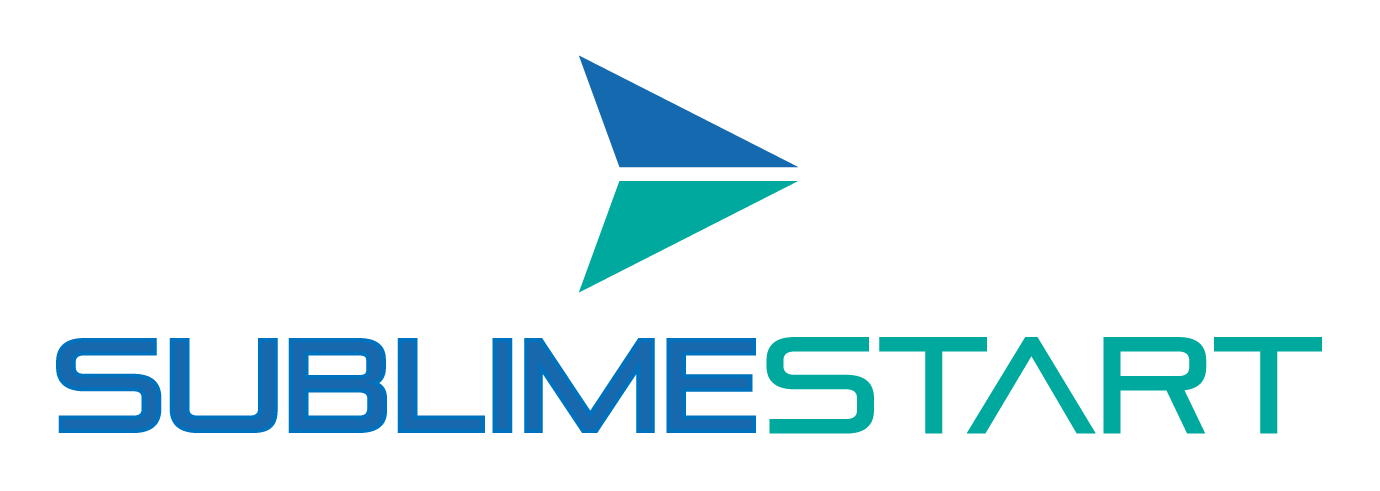Blog like a human: The trick that makes your content stand out from AI
Today, everyone has access to instant, accurate answers thanks to AI. Whether you need a summary, a list, or a step-by-step guide, tools like ChatGPT deliver in seconds. That’s impressive, but also a bit unsettling for anyone writing online.
If your blog is just a collection of facts, it can now be replicated or even out-ranked by AI-generated content. The result? Your unique voice gets lost in a sea of sameness.
But there’s a way to stand out, and it’s not about writing more. It’s about writing differently. Specifically, by showing how you think, not just what you know.
Why showing your thinking gives you a ranking advantage
Search engines are evolving. Google’s algorithms are no longer just looking for keywords or backlinks. They’re looking for content that shows real experience, expertise, and thoughtfulness.
That’s where your thinking process becomes your secret weapon.
AI can summarize. It can even analyze. But it can’t show the full arc of how a real person weighs ideas, makes decisions, or changes their mind. That’s something only humans can do, and that’s exactly what Google is starting to value more in its rankings.
When you make your thought process visible, you’re not just offering content. You’re offering context. And that makes your blog more trustworthy, original, and valuable, to readers and search engines.
What it means to write with your thought process in view
At its core, a thinking-led blog doesn’t just answer a question. It takes the reader on the journey of how you arrived at your answer.
That means your writing shows:
- The questions you started with
- The assumptions you held
- The frameworks you used to evaluate options
- The mistakes you made
- The shifts in your perspective
- And the rationale behind your final view
AI can’t replicate this. It can’t guess how you struggled with a decision, or what personal experience made you rethink your position. But you can, and that’s why your writing matters more than ever.
How to structure thinking-led blog content
Here’s how to make your thought process visible in your next post:
- Start with a question, not an answer. Lead with curiosity.
- Frame your exploration. Share what you used to think and why.
- Break down your reasoning. Use short paragraphs to walk readers through each step.
- Include turning points. What made you change your mind?
- Show your frameworks. Use analogies, personal examples, or mental models.
- Avoid rushing to conclusions. Let nuance breathe.
This kind of writing feels more personal and reflective. It also builds credibility, because readers see the logic behind your claims, not just the claims themselves.
Position yourself beyond AI, become a thinking guide
In a world full of generated answers, people crave guided insight.
When you show your thought process, you do more than inform, you lead. You become someone who helps others understand not just the what, but the why. That’s where trust and loyalty come from. And that’s what makes your blog memorable, sharable, and high-ranking.
This isn’t just a writing tip. It’s a positioning strategy.
By consistently writing with your thinking on display, you build a digital footprint that’s recognizably yours. AI can scrape content, but it can’t steal your mind.
Conclusion: Think visibly, write memorably
The next time you write a blog post, don’t just ask yourself what the answer is. Ask yourself, how did I get there?
That trail, your personal, thoughtful process, is what turns a standard post into something irreplaceable.
Because when you think out loud, your writing stands out. To your readers. To Google. And to yourself.






